The Campo dei Gesuiti in Cannaregio was a popular venue for playing pallone, which is a distant ancestor of tennis.
The game was not without its problems, and it was forbidden there in 1710, for reasons the print makes quite clear.
Source: Il Gran teatro di Venezia, a collection of sixty vedute of Venice, often with an entertaining or polemic side, published by Domenico Lovisa, c. 1715, in Venice.
Veduta del Campo de’ Giesuiti
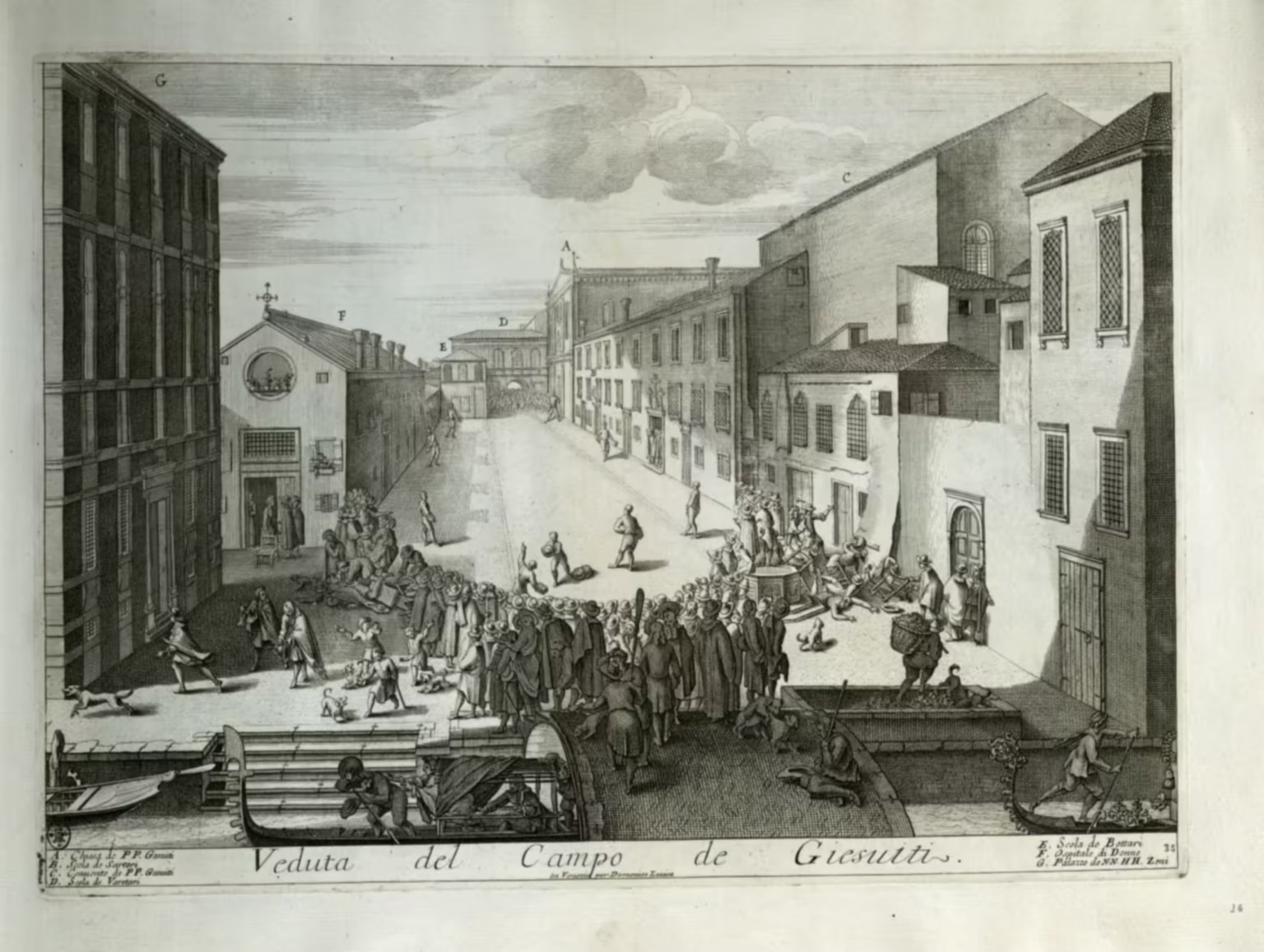
Legend
- Chiesa de P.P. Gesuiti — The church of the Jesuits
- Scola de Sartori — The Guild-house of the Tailors
- Conuento de P.P. Gesuiti — The convent of the Jesuits
- Scola de Varotari — The Guild-house of the Furriers (now demolished)
- Scola de Bottari — The Guild-house of the Coopers (makers of barrels)
- Ospedale di Donne — The Hospital for Women
- Palazzo de N.N. H.H. Zeni — The Palazzo Zeno
Location
The Campo dei Gesuiti is one of the larger squares in the Sestiere Cannaregio.
Located on the northern side of Venice, exposed to the prevailing winds, it was considered a healthier place, and the area was popular for various sports activities.
The buildings around the square haven’t changed very much, but the Scuola dei Varotari no longer exists.
This work also depicts a scoazzera in the lower right. A scoazzera was a small area enclosed by a low wall, for the collection of non-biodegradable rubbish, which couldn’t be thrown into the canal.
Events
The event taking place in the engraving is a game of pallone, a ball game which was very popular in Venice and elsewhere from the 1500s into the 1800s.
The game was banned in the Campo dei Gesuiti in 1711, just around the time this engraving was made, and details in the image hint at the reason.
In the foreground, both to the left and to the right, stray balls from the game have hit people, both onlookers and casual passers-by, and some are definitely hurt.
Other versions
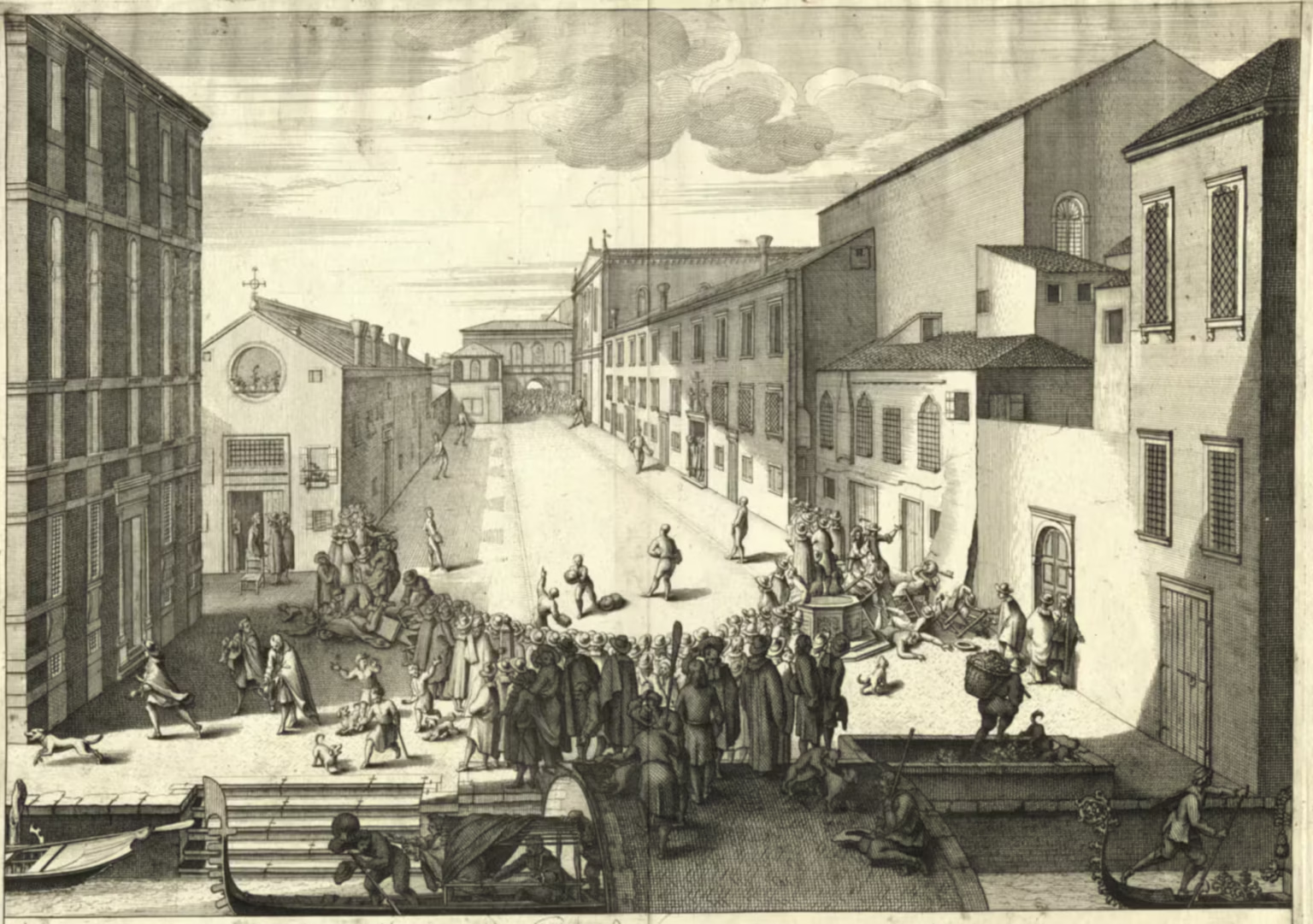
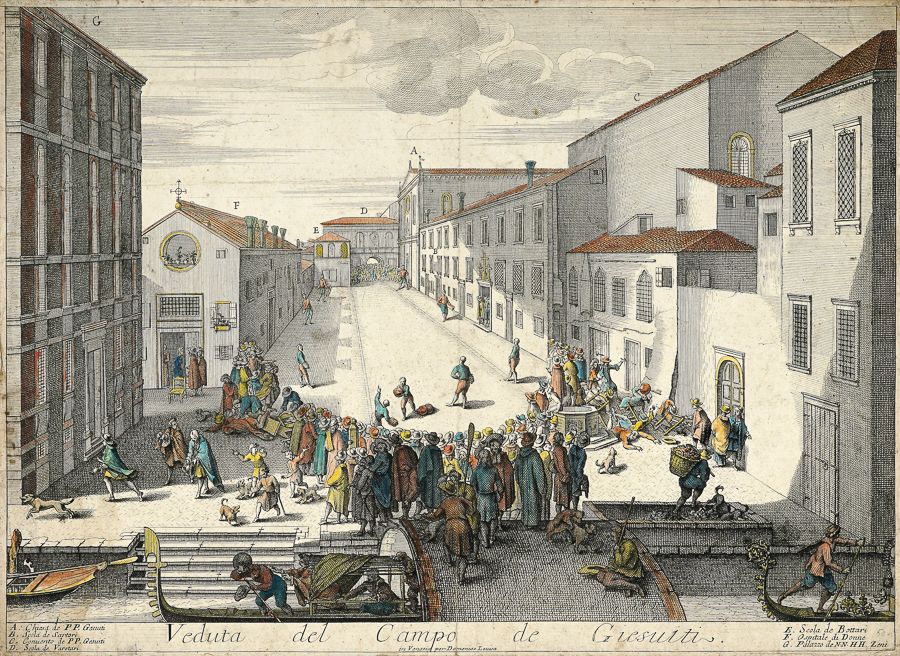
Related articles
- Il Gran teatro di Venezia — Domenico Lovisa
- Ball games in Venice
- The game of Pallone
- Scuole piccole — charities and guilds
- Differentiated rubbish collection in Venice
Venetian Stories
Sources
- Nobile al Giuoco del Pallone — Grevembroch 1-89
- Gesuiti (Campo, Rio, Ponte dei) — Curiosità Veneziane
- Scoazer — rubbish collector — Zompini — Arti #4
Bibliography
- Lovisa, Domenico. Il Gran teatro di Venezia ovvero descrizzione esatta di cento delle più insigni prospettive, e di altretante celebri pitture della medesima città, il tutto disegnato, e intagliato eccelentemente da periti artefici, con la narrazione della fondazione delle chiese, monasteri, spedali, isolette, e altri luoghi sì pubblici, come privati. Venezia per Domenico Lovisa sotto i portici a Rialto, 1715. [more] 🔗
Localities
Today
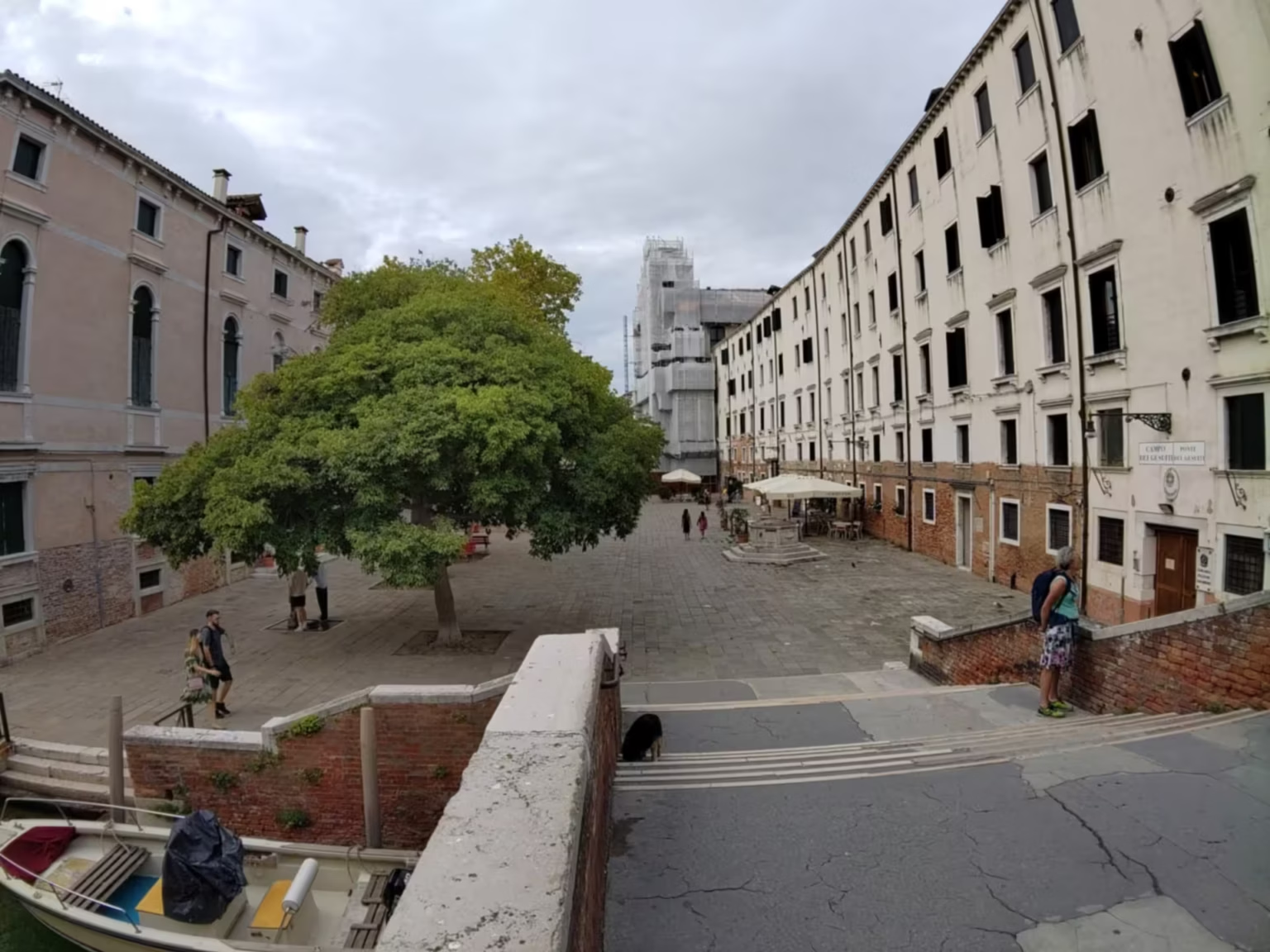
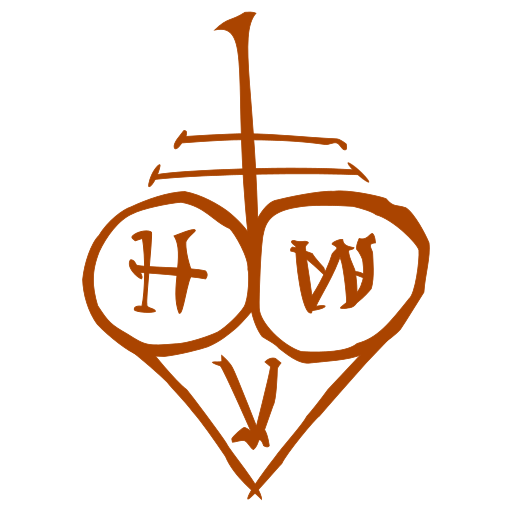
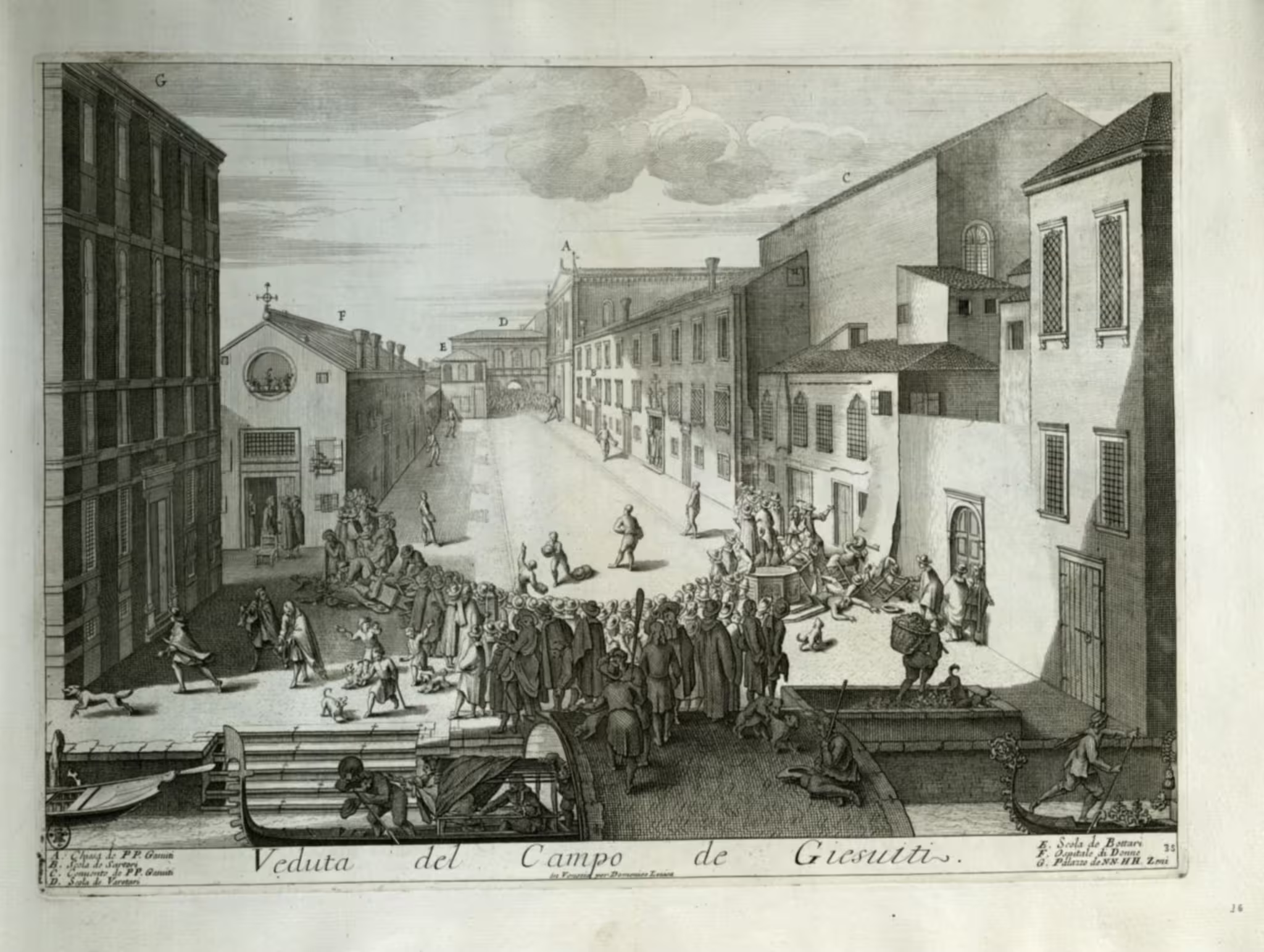
Leave a Reply